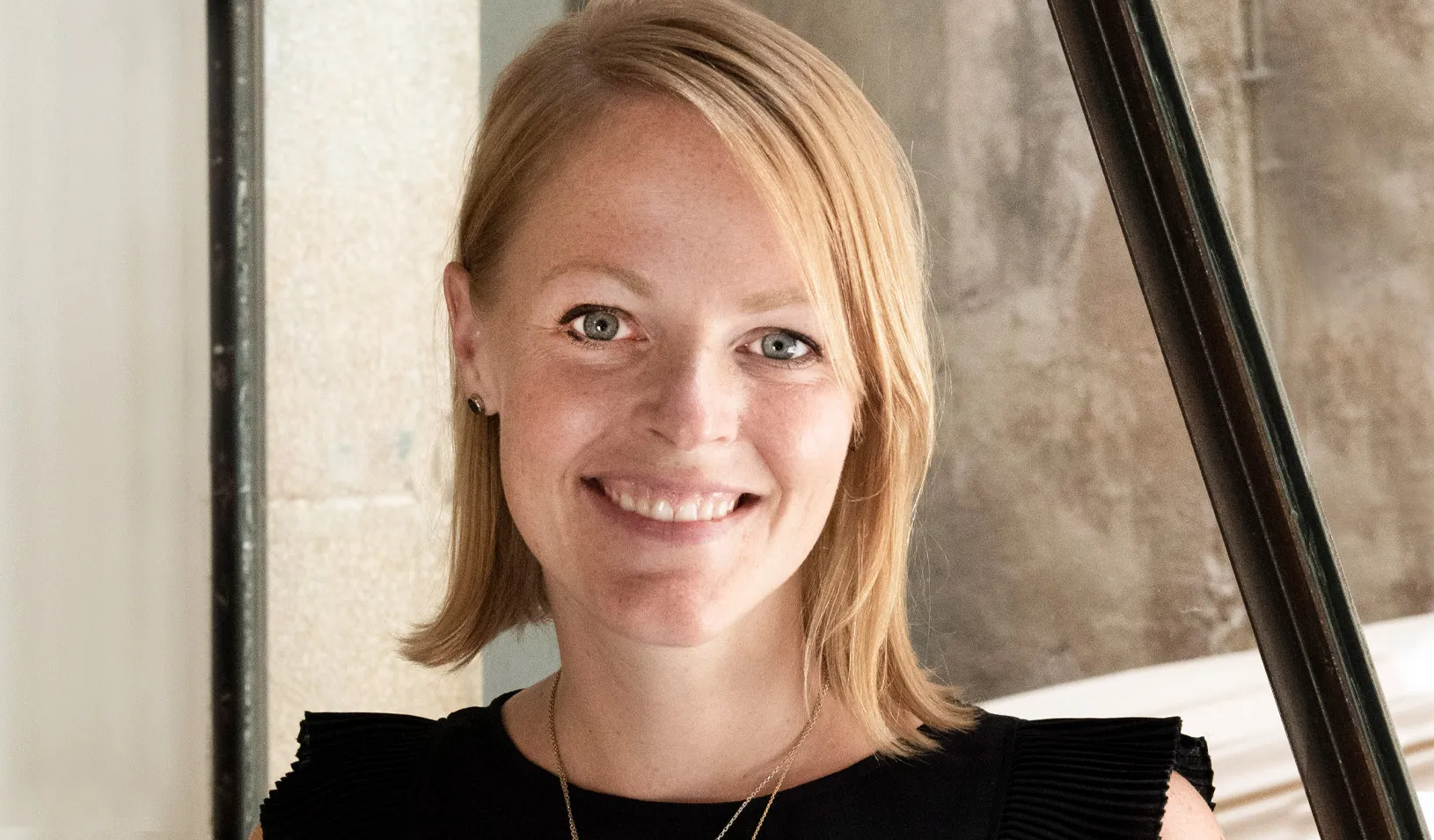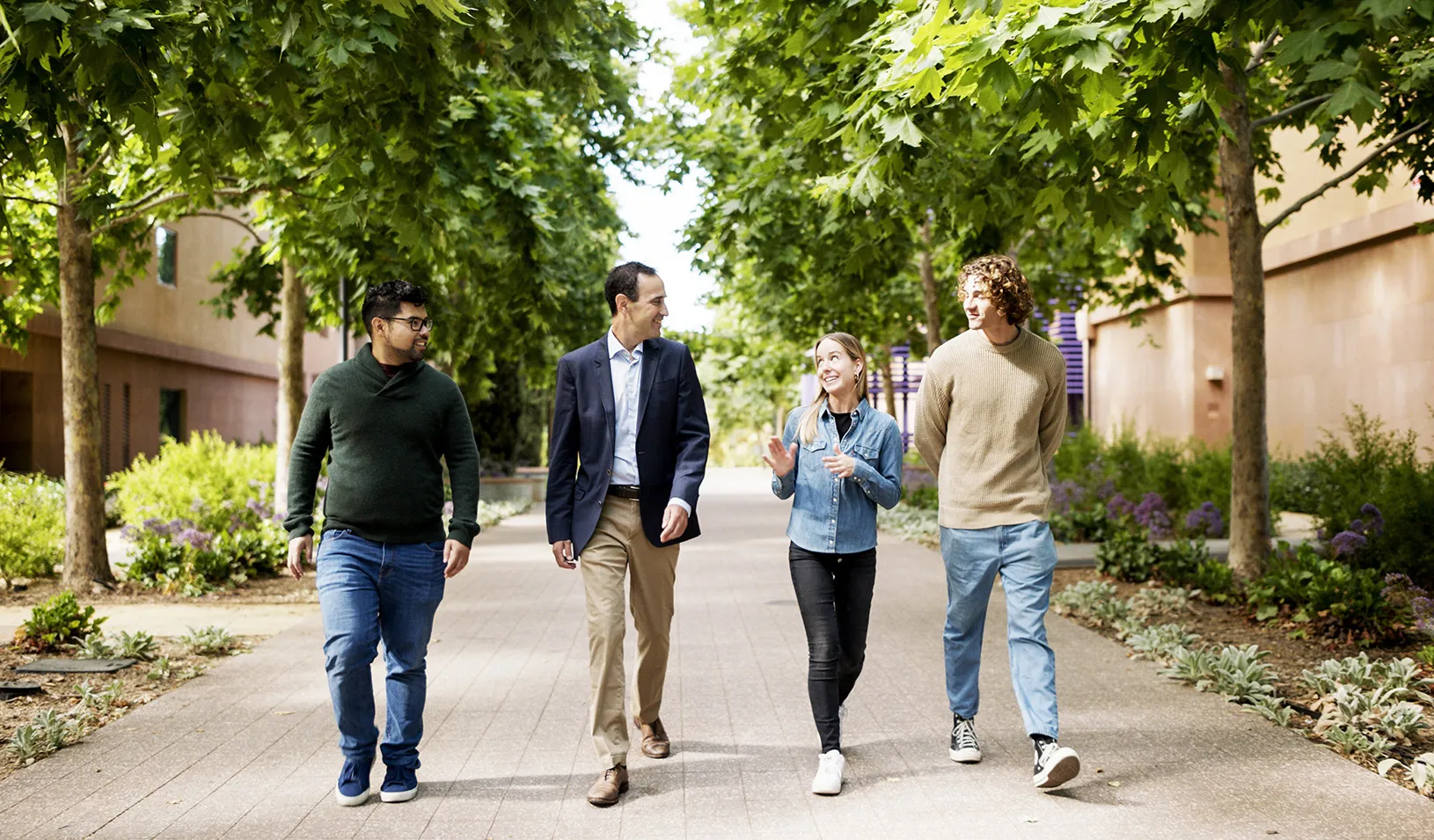Innovating Higher Ed: A Stanford Intern Tests a New Way of Teaching in India
Through the Seed summer internship program, Julia Daniel designs new ways to promote student understanding and curiosity.
September 26, 2018
Co-term Julia Daniel leads a workshop for a pilot program she launched as part of her summer internship at CARE College in Trichy, India | Image courtesy of D. Stephen Raj
Coterm student Julia Daniel is passionate about education and knows what it’s like to be both a student and a teacher.
Last year she completed her bachelor’s degree in human biology and – as a computer science grad student – was the head TA for a CS106A Programming Methodologies. The experience exposed her to the nuances of learning and teaching techniques, insights she took with her to her summer internship in southern India, a position supported by Stanford Seed.
For the past two months, Daniel has interned at a small engineering college in the city of Trichy. CARE College, short for the Center for Applied Research and Education, is a nonprofit school with departments for computer science, civil, electrical, mechanical and materials science engineering, as well as a school of architecture and an MBA program. But in recent years, the school has experienced decreased enrollment and low student motivation.
Despite this, Daniel says the college’s CEO has a vision for transforming the school, engaging and challenging the students, and implementing a new kind of undergraduate education in India where students are exposed to experiences that help them develop their interests and apply knowledge.
“The idea is to breathe new life into the postcolonial Indian educational paradigm of rote memorization, strict discipline and little creativity or risk-taking,” says Daniel.  To invigorate student life, Daniel was tasked with creating student-focused activities that create a more proactive experience on campus.
One of Daniel’s solutions for increasing engagement was a peer tutoring program in which students taught other students. In addition to increasing engagement, the program came with a financial incentive that encouraged better teaching.
“Peer tutors would be assigned to another student, and at end of the semester, if the student passes the final exams, the tutor would have a partial reimbursement in their tuition,” Daniel explains.
Many of the school’s problems may stem from the country’s rigid educational system. Daniel says that in India, large universities often establish a curriculum that smaller affiliated colleges must deliver. While educators have little control over what they teach, they do have control over how they teach it. But Daniel says that many of the teachers, including some at CARE College, were still finding ways to deliver the curriculum in truly engaging, innovative ways.
“There was a strong need to expose professors to learning techniques that they could use in the classroom that improved students’ critical thinking,” she says.
Based on her observations and design-thinking work, Daniel developed a pilot program that would encourage teachers to utilize more innovative teaching techniques that would better promote student understanding and curiosity. These techniques ranged from minor tweaks in lecture style, such as incorporating “think-pair-share” conversations during class, to major changes like holding lab sessions before a lecture so students could discover concepts for themselves before being taught them in class.
Teachers would then incorporate these techniques into their own classes and conduct peer evaluations.
Daniel’s internship was offered through Stanford Seed, a program at the Graduate School of Business, which trains business leaders in developing economies with the goal of ending the cycle of poverty and increasing prosperity. The program also encourages Stanford students to be globally engaged by offering them opportunities to work in developing regions of the world and help conduct critical research that could lead to breakthrough solutions.
Seed internships place students with a small- to mid-size company or organization for eight to 10 weeks over the summer. Interns work on projects that contribute to the organization’s growth and development, learn about the challenges of doing business in developing regions and build skills needed to work in a global marketplace.
– Alex Kekauoha
This story was originally published on September 20, 2018 at Stanford News Service.
For media inquiries, visit the Newsroom.
Explore More
Erin Nixon Joins Stanford GSB as Assistant Dean of Admissions

Nia Rose Froome, MBA ’23: Making Local, Fresh Food Available for All

New Research Fund Promotes Responsible Leadership for the Next Century
